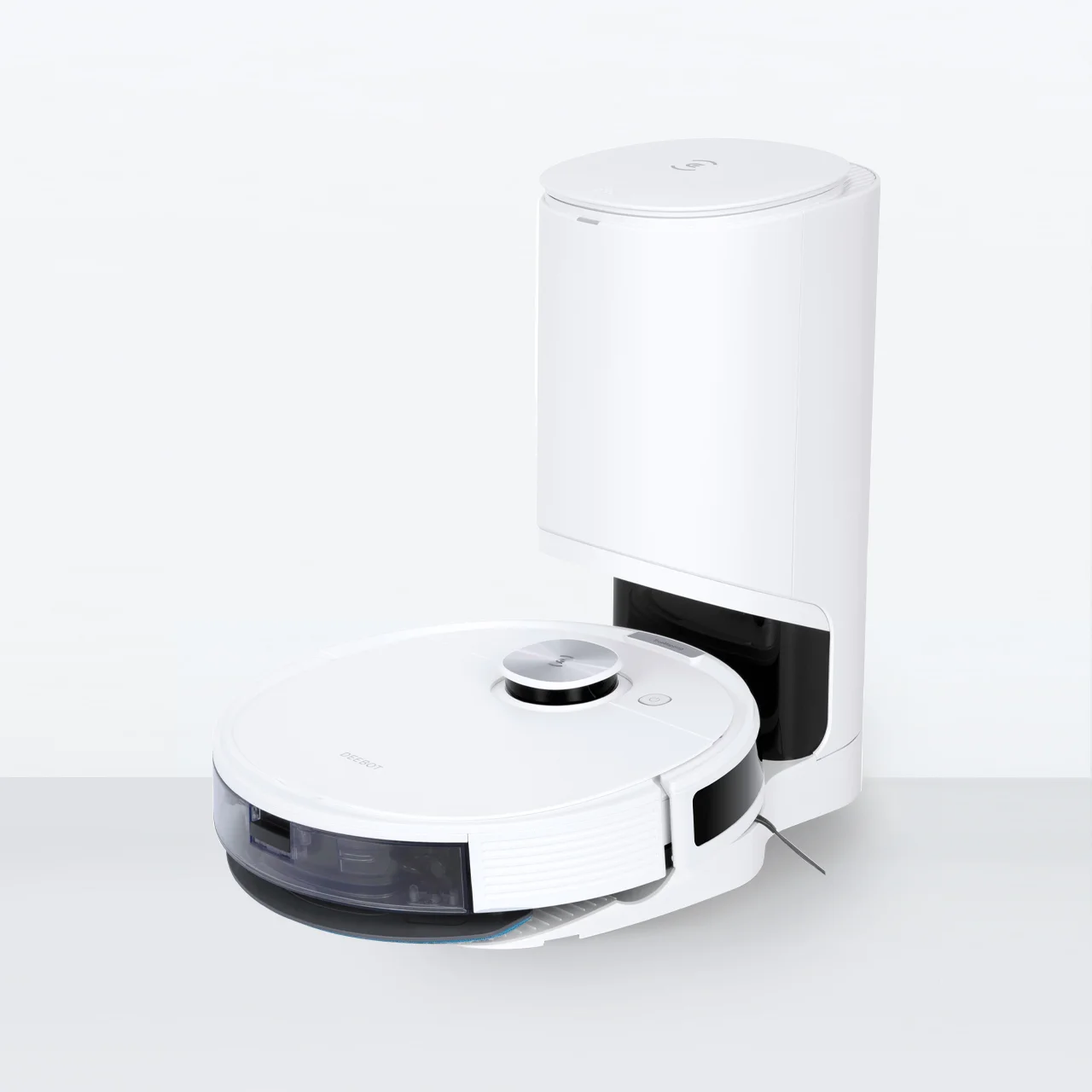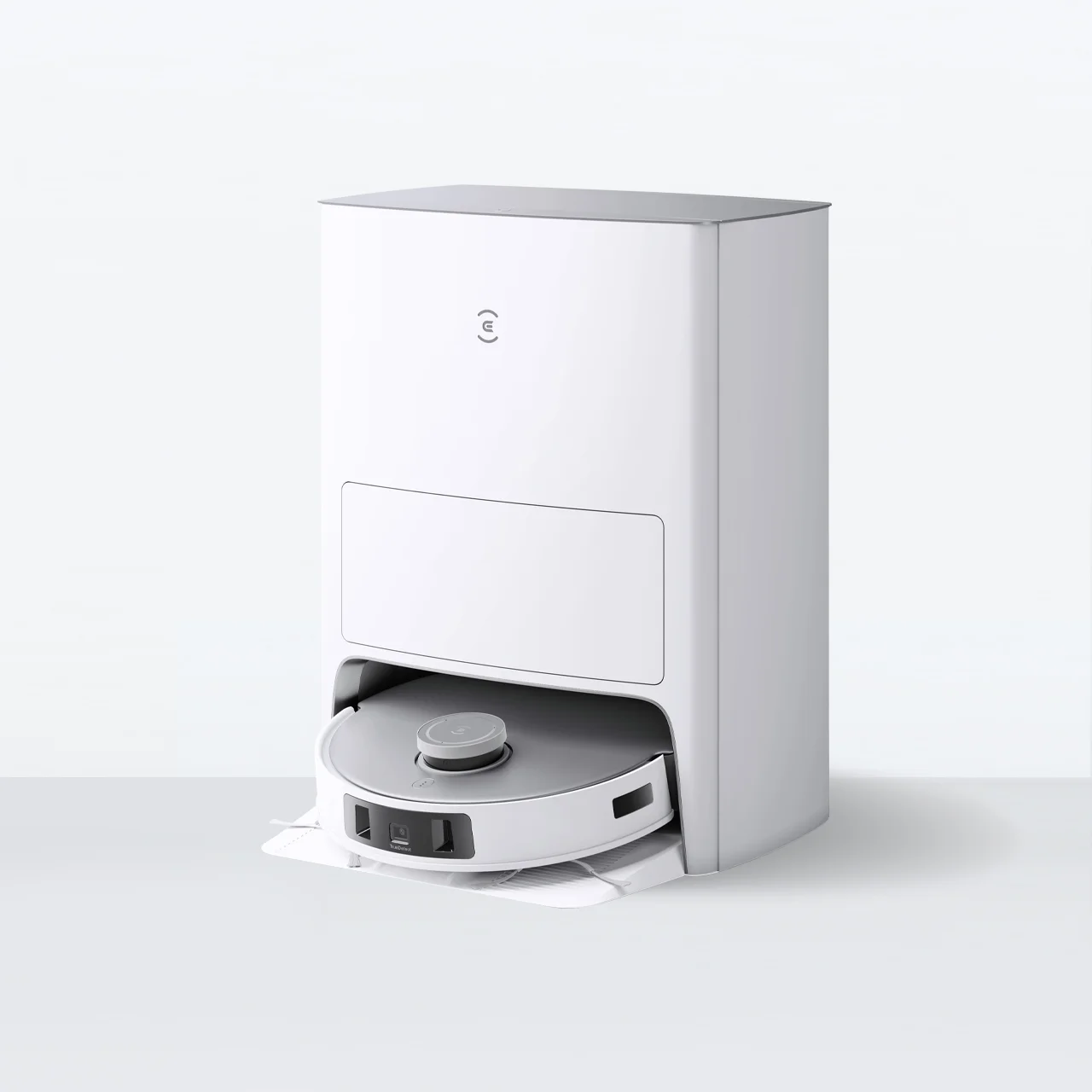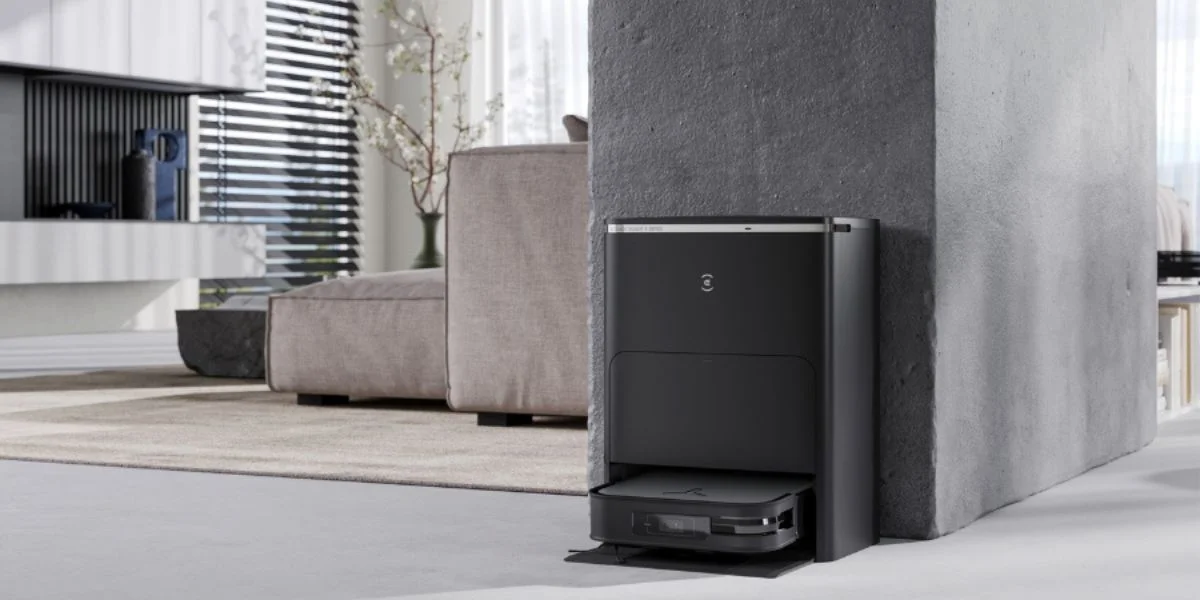
New developments in technology help save time and increase efficiency by making routine tasks simpler. Appliances like vacuum cleaners make housework easier by doing a more thorough job of ridding floors and carpets of dirt and debris than brooms and dustpans, making them popular household appliances. In fact, the revenue in the vacuum cleaner market in Australia is projected to reach AU$701.5 million in 2024 and will grow by 3.68% between 2024 and 2028, according to Statista.
If you own a vacuum cleaner, it can be frustrating when they lose suction — the ability to move air through the machine to spin the motor and create a vacuum against the surface you’re cleaning. Weak suction power can negatively impact the appliance’s efficiency and performance, which means you could spend more time cleaning your home than you normally would.
In addition, neglecting suction issues can put unnecessary strain on the vacuum's motor and components, thereby reducing the lifespan of the machine. It can also impact the health of your family, as the appliance will not be able to remove allergens, dust mites, and other particles that can affect indoor air quality and trigger allergies or respiratory issues. Knowing how to improve the suction of your vacuum cleaner can increase its efficiency. In most cases, this issue can be resolved with simple fixes.
Why Your Vacuum Cleaner Loses Suction?
Vacuum cleaners might lose suction because they have clogged filters, which restricts the airflow through the appliance. Regularly cleaning and replacing the filters will help prevent this issue from occurring. You may also face suction problems if your vacuum’s dust bags or containers are full or improperly fitted, as this means there is less space for available for air to pass through them.
It could be that your vacuum has no suction because certain parts are obstructed, damaged or worn out. Clogged brush rolls and filters, loose or broken belts, and torn dust bags can all contribute to this problem. Another factor to consider is whether the seals and gaskets have gaps or cracks. This can lead to leaks in the vacuum’s airflow system, which can in turn result in decreased suction power.
How To Fix Loss Of Suction In A Vacuum Cleaner?
If you're wondering how to fix a vacuum cleaner with no suction, there are usually simple solutions to remedy the issue, which you can carry out at home. Remember to turn off your appliance and check that it’s not connected to a power source before you begin.
Check for blockages
Look over the vacuum cleaner's hose, wand, and brush roll for obstructions such as threads, hair, or foreign objects. Use a straightened coat hanger or similar tool you may have as part of your appliance’s maintenance kit to carefully remove any blockages.
Clean or replace filters
Dirty or clogged filters can block airflow and reduce the machine’s suction power. Inspect the vacuum cleaner's filters, including HEPA filters, foam filters, and exhaust filters. Clean or replace filters based on the recommendations by the manufacturer to improve the suction of your vacuum cleaner.
Empty dust bag or container
If your appliance has a dust bag or container, first check to see if it’s full. An overflowing bag or canister can restrict airflow and cause loss of suction. Empty or replace the bag or container according to the manufacturer’s instructions.
Inspect brush roll and belt
Check the brush roll for obstructions in the vacuum's cleaning head. Use scissors or a seam ripper to carefully remove any hair, threads, or debris tangled in the brush roll. A loose, worn, or broken belt can make the brush roll spin inefficiently, leading to weak suction power. If this is the case, refer to the manufacturer’s recommendations about how to replace the belt.

Clear air pathways
Inspect the vacuum cleaner’s air pathway, including the hose, wand, and any openings or vents on the vacuum’s body. Look for obstructions like dirt, debris, or blockages. Use a straightened wire — such as a coat hanger, pipe cleaner, or a specialised vacuum cleaning tool — to gently dislodge and remove the blockage.
Check suction power settings
Find the suction power control settings, which may be on the cleaner’s body, handle, or control panel. If you have a robot vacuum cleaner, they will be on the companion app. There may be multiple settings or modes for different types of surfaces — such as carpets, rugs, or hard floors — or cleaning tasks. Test the vacuum on different surfaces with the appropriate settings to see how well it operates to determine if it needs further adjustments.
Inspect seals and gaskets
Tears, cracks, or gaps in your vacuum’s seals and gaskets could be the reason behind its weak suction power. Run your fingers along the edges of the gaskets and seals while the vacuum cleaner is running, while being mindful of moving parts. If you feel air escaping or notice a significant difference in suction when pressing against these parts, it could indicate a leak. Clean or replace these parts, based on the manufacturer’s instructions.
Examine the vacuum bag and container seal
Check around the appliance’s dust bag or container and along the edges of the dust compartment door or lid to see whether they’re secure and properly aligned. Check the bag for any tears, holes or overfilling that could compromise the vacuum’s suction power. Clean the bag and the seal, or replace them if needed.
Do Robot Vacuum Cleaners Lose Suction Power Over Time?
Yes, robot vacuum cleaners can experience a loss of suction power over time, which can be the result of several factors. Many of these issues can be resolved if your smart vacuum is cleaned regularly. Like traditional robot vacuum cleaners, clogged filters in a smart vacuum cleaner can impede its suction performance, especially if there is a build-up of dust and debris over time. Full or overflowing dustbins can restrict airflow and result in weak suction power.
Robot vacuum cleaners can pick up long hair, threads and fluff. However, there is a chance that this sort of debris could get entangled in the device’s brush rolls, which can lead to your vacuum having no suction. As the battery in a robot vacuum cleaner ages, it may not be able to provide as much power to the vacuum’s motor, which can lead to reduced suction power and shorter cleaning times between charges. In addition, parts such as motors, brushes, and seals may degrade with use, leading to decreased suction efficiency.
Does ECOVACS’ DEEBOT Lose Suction?
ECOVACS’ DEEBOT robot vacuum cleaners are designed to maintain optimal suction power over time. We have drawn upon more than 20 years of experience in the industry to create top-of-the-line air flow efficiency and special dual-brush designs so that our smart vacuums have optimal cleaning efficiency. The latest model, the DEEBOT X2 OMNI, has a new fan volute design, which can consistently provide 8000Pa of strong suction power. In addition, the material of the fan blades contains high-strength glass fibre, which can maintain stable suction even at high speeds, consistently outputting strong suction power for efficient cleaning.

However, if you find that your DEEBOT has weak or no suction power, turn the device on by either using the ECOVACS HOME App or pressing the power button on the robotic vacuum, then follow these steps:
● If the indicator light is red, the appliance is in a low power state and will not sweep up dust and debris. Place the device in its docking station, and allow it to charge for 4–5 hours before using it.
● If the indicator light is white, the appliance has sufficient battery charge to run.
● Confirm whether there is air blowing out of the rear of the device. If there is, turn off the appliance, unplug the side brush, clean it and its slot, then reinstall it.
● Remove the roller brush cover, take out the roller brush, clean it, then reinstall it securely.
● Clean the vacuum nozzle, dustbin, and filter, dry the filter, then restart it.
● Log into the app, set the suction power to the ‘strong’ setting, then observe its performance.
If there is no air blowing out of the rear of the smart vacuum, shut it down and restart it. If this does not work, contact the manufacturer’s support services. In case you need more help on how to fix a vacuum cleaner with no suction, follow the guide for troubleshooting and fixing problems specific to the manufacturer and model of your vacuum cleaner.
FAQ
Does vacuum cleaner age affect suction power?
Age-related factors such as wear and tear on a vacuum cleaner’s internal parts, degradation of the motor, a worn-out brush roll, clogged filters, and deterioration in the seals and gaskets can impact its suction efficiency. If you have a cordless or robotic vacuum cleaner, an old battery can contribute to decreased suction power.
Will vacuuming up water cause suction loss in my vacuum cleaner?
Yes, vacuuming up water can lead to suction loss in your vacuum cleaner by damaging its motor, electrical components, and filters. Water can clog the appliance’s internal parts and pathways or corrode metal components. In the case of a smart vacuum cleaner, excessive water or prolonged exposure to water can damage its electrical components and pose a safety hazard as it may increase the risk of electrical shock or fire.
Why does my robot vacuum's suction decrease over time?
A robot vacuum’s suction can decrease because of clogged filters, full or overflowing dustbins or containers, brush rolls entangled with hair, thread or debris, or a degraded battery. Components such as motors, brushes, and seals may get worn out with use, leading to decreased suction efficiency.
How to improve robot vacuum suction?
To improve the suction of your vacuum cleaner, ensure the dustbin is empty, clean the filters and brushes and check for any blockages in the airflow path. Contact customer support if necessary and if issues still persist, consider upgrading to a model with more suction power.Related Products









